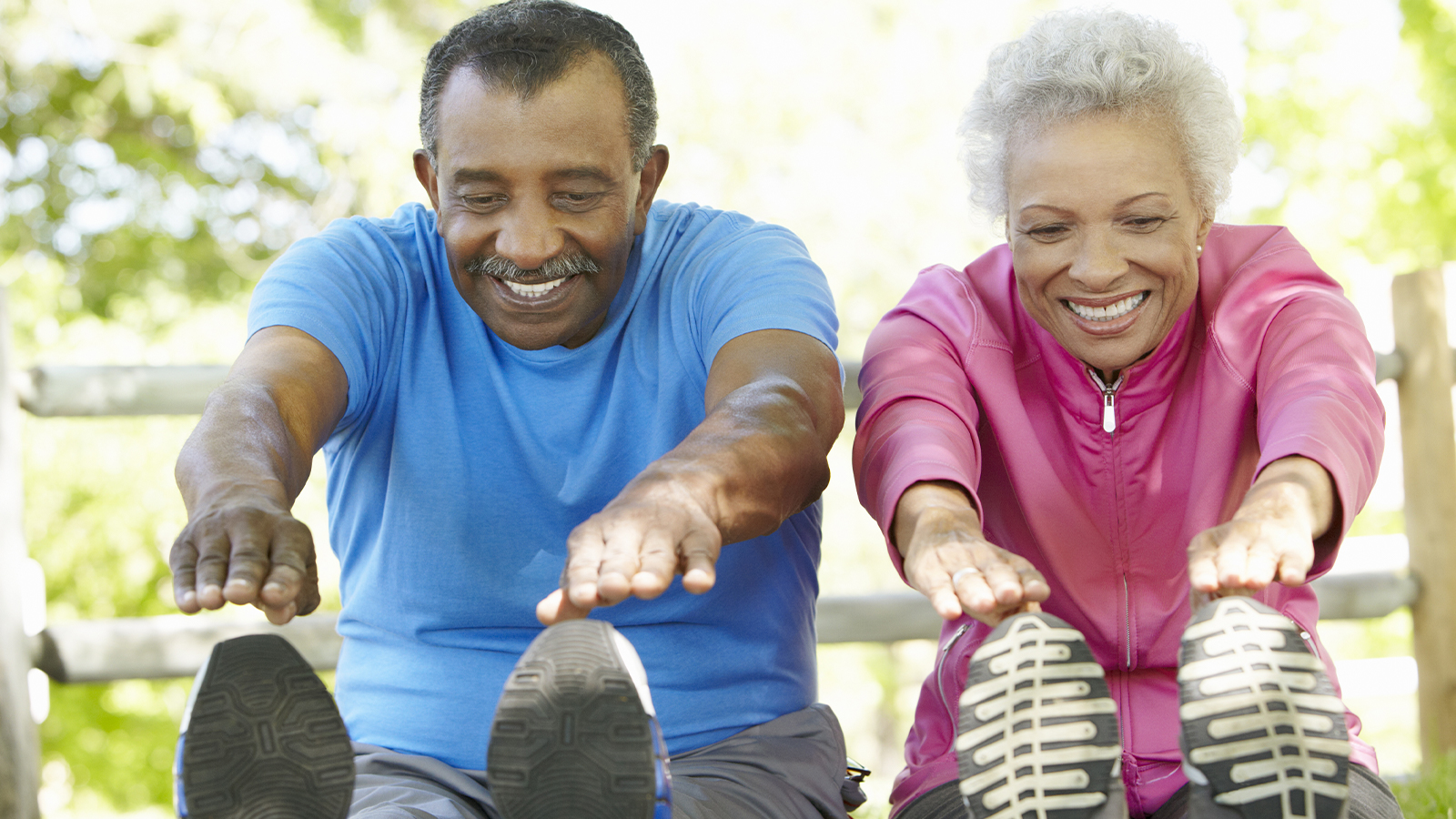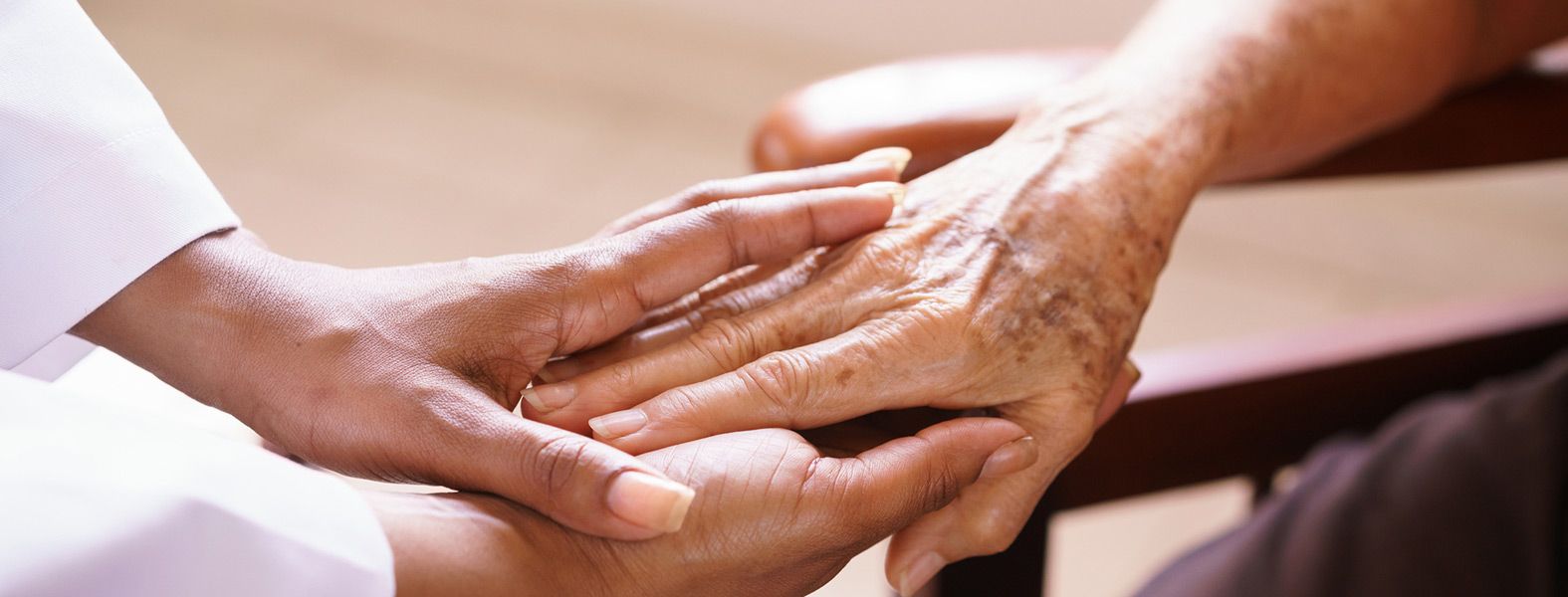Falls are the biggest source of fatal injury for seniors. There is one death approximately every 20 minutes according to the NCOA (National Council on Aging). Tragically, even falls that are survived could limit the senior’s independence for the remainder of their life. Seniors may have weakened muscles, stiff joints and/or delayed reaction time, which could make falls more likely.
Older people may also experience medication side effects, vision problems and/or hearing loss (which affect balance), or other impairments that make them vulnerable to falls. In fact, many seniors limit their activities for fear of falling, which can bring on depression. Despite these challenges–gentle, regular exercise can help seniors avoid dangerous falls by improving strength and balance.
Fall Prevention Exercises for Seniors
Ask your older loved one, or seniors in your care, to try these exercises so they can remain steady on their feet.
- Weight Shifter
- Stand with feet hip-distance apart, weight distributed equally.
- Shift weight to the right foot, and lift the left foot slightly.
- Hold as long as possible.
- Now, shift to left and lift right foot.
- As this gets easier, over time, increase length of hold and/or number of repetitions.
- Sideways Walk
- Stand with feet together, knees slightly bent.
- Step to the right with right foot.
- Move left foot to join it.
- Then back the other way.
- One Leg Balance
- Stand with feet hip-distance apart, hands on hips.
- Lift the right leg and bend at the knee.
- Hold up to 30 seconds.
- Repeat on the left side.
- When this gets easy, add some complexity and unpredictability–stand on a pillow while doing the exercise.
- Tightrope Walk
- Hold arms straight out to the sides (parallel to floor) and
- Walk in a straight line–heel to toe.
- Pause for one second when lifting the back leg to take the next step.
- Take 15 – 20 steps.
- Keep your eyes on a spot in front to maintain balance.
- Grape Vine
- Stand, feet together.
- Cross your right foot over (in front of) the left.
- Uncross, by bringing your left foot back next to the right (starting position).
Over time, these exercises should give your senior confidence and improved balance–and increase your peace of mind. (Get doctor’s permission before starting fall prevention exercises.)
A Place At Home provides top quality in-home senior care and related services in Greater Omaha. Contact us to learn more.








 Every second matters when dealing with a victim of cardiac arrest. If you are in public, look for signs that would indicate where to find the device. Many schools, gyms, and doctor’s offices are required to keep the devices onsite. Other local establishments such as restaurants, government buildings, and offices commonly keep AED’s in the event of an emergency.
Every second matters when dealing with a victim of cardiac arrest. If you are in public, look for signs that would indicate where to find the device. Many schools, gyms, and doctor’s offices are required to keep the devices onsite. Other local establishments such as restaurants, government buildings, and offices commonly keep AED’s in the event of an emergency.